Choosing an SUV to suit your family is a lot like choosing a dog. Too big and it’ll get in the way and eat too much. Too little and it’ll probably drive you mad yapping, and it’ll probably end in tears if your kids try to ride it.
With the definition of family being broader than ever, the array of SUV sizes available has followed suit. So it pays to be across your choices before you pick one.
We’ve spent the past six months very happily aboard the Mazda CX-8 Sport petrol, which included the arrival of my third baby and squeezing three seats across the back seat for the first time.
Externally, the Kodiaq is 203mm shorter (about the width of an A4 piece of paper), 65mm lower, but actually 42mm wider than the CX-8. So we’re tempting fate by going smaller, but that width figure suggests it should at least be easier to pop the seats in. More on that later.
Of greater concern is the Kodiaq’s 145-litre smaller third row folded boot measurement, given the difference is actually greater because the Mazda’s is measured using Litres VDA. Thankfully the Kodiaq also gets a sliding second row of seats, which gives you the chance to prioritise legroom or boot space depending on what you’re carrying.

We acknowledge the CX-8 is too long for plenty of families, with the Kodiaq’s more disciplined length making it able to fit in smaller parking spaces and could also be the difference between fitting in your garage or not. Have you seen how tiny “parking spaces” can be in newer developments?
The Kodiaq 132 TSI may be smaller, but its $44,890 list price is $4980 more than the CX-8 Sport petrol, so it’ll be an interesting value comparison.
With those big 19-inch alloys and the optional (and quite close to the CX-8s Machine Grey) Quartz Grey paint, it easily looks a step more upmarket than the CX-8 Sport side-by-side.

One value comparison the very well equipped 132 TSI is bound to win is against the top-spec Kodiaq RS I tested earlier this year. It undercuts the unique-to-segment performance model by more than $20,000, but it also sits $4000 beneath the RS-lookalike 132 TSI Sportline that completes the three-tier Australian Kodiaq line-up.
Aside from annual running changes, the Kodiaq is more or less the same as it was when it first touched down in Australia in July 2017. It arguably lacks none of the freshness of the more recent Karoq and upcoming Kamiq Skoda SUVs, and clever details like the driver’s door umbrella, door edge protectors, front seat backrest device holders and rubbish bin are still very impressive USPs. We’ll see just how handy they are in the real world.
As always, Test Number 1 for my family is how well the child seats fit across the second row. I’m pleased to say that our two 0-4 child seats in the outboard positions (left one rear-facing), and harnessed booster in the middle slotted in without fuss.
We used the ISOFIX mounts in the outboard and top-tether in the middle. Note that harnessed boosters aren’t available to suit the sturdier ISOFIX attachments given the 33kg legal weight limit (combined child and seat), so it’s the ideal choice of our three to go in the middle position that doesn’t have ISOFIX points anyway. Pro tip: Fit the middle one first, so you can access and tighten the seatbelt before it’s hidden by the other two seats.
It pays to trial fit your own seats to be sure, but my tape measure suggests the Kodiaq has a 60mm width advantage between the door trims where child seats are at their widest.

There’s a good chance we’ll never need the third row of seats, but it’s worth noting there are no child seat mounts of either variety back there. There’s decent access and the curtain airbags extend for proper third row coverage, but be aware that you’ll need to slide ⅔ of the second row seat forward to enter the third row from the kerb side. This is a hangover from the Kodiaq’s left-hand drive origins but worth considering whether it suits your child seat layout.
Both Kodiaqs beneath the RS come with the familiar 132kW, 320Nm (from 1400-3940rpm) 2.0-litre turbo petrol engine and seven-speed dual clutch auto with on-demand all-wheel drive system, which in Skoda-speak is labelled ‘4x4’ and will have many presuming it’s a more rugged LandCruiser-esque system.

Our Kodiaq arrived with 1309km on the odometer, and we’ve racked up a further 1795km of mixed driving conditions with mixed loads. Measured at the petrol bowser, we’ve averaged 9.96L/100km so far, which is a decent margin beyond the 7.6L/100km official combined figure. It’ll be interesting to see if we can get much closer with a few more kilometres under the Kodiaq’s belt, but it’s about what we should expect given the overall 8.9L/100km average we experienced with the 77kg lighter but almost mechanically identical Tiguan 132 TSI we lived with in 2017.
It’s also interesting how close this month’s figure is it is to the 9.67L/100km overall average we achieved with the 68kg-heavier again CX-8, with it’s bigger naturally-aspirated engine running on regular 91 RON unleaded unlike the Kodiaq’s requisite 95 RON Premium. This Kodiaq figure is only after one month remember, but it will be interesting to see what the next two months deliver.
Acquired: October 2020
Distance travelled this month: 1795km
Odometer: 3104km
Average fuel consumption this month: 9.96L/100km (measured at the pump)




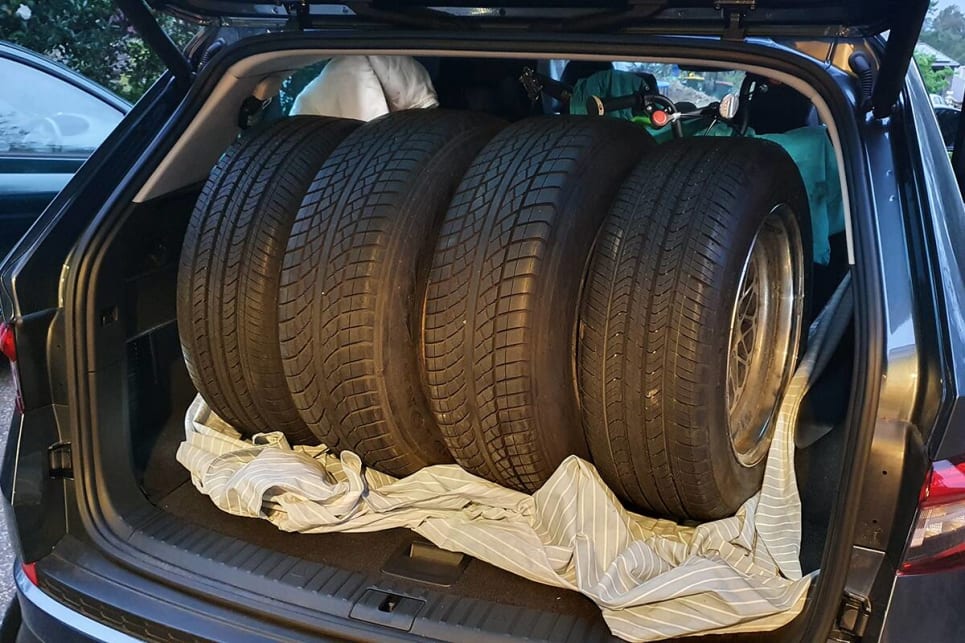
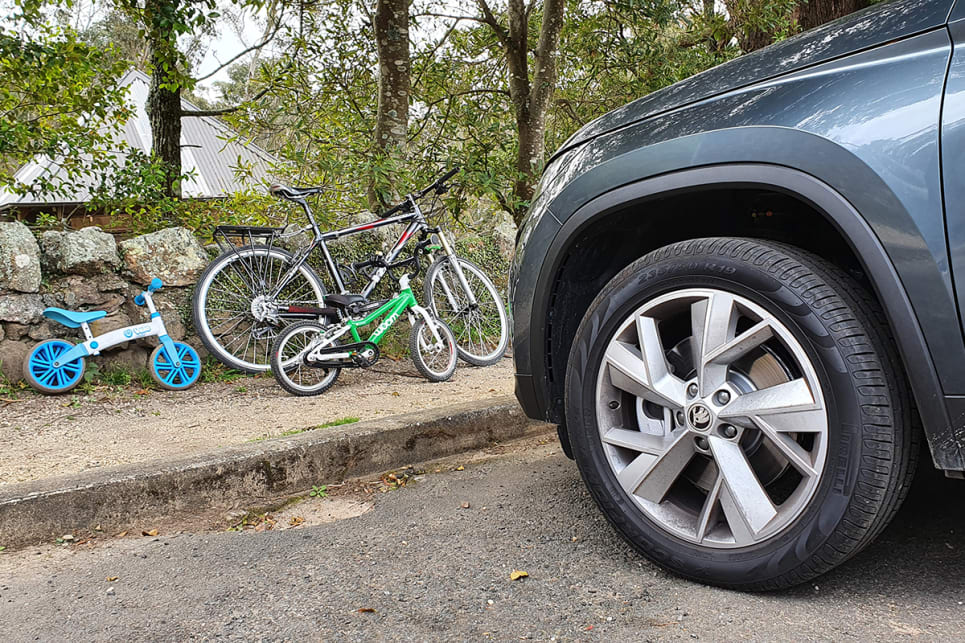

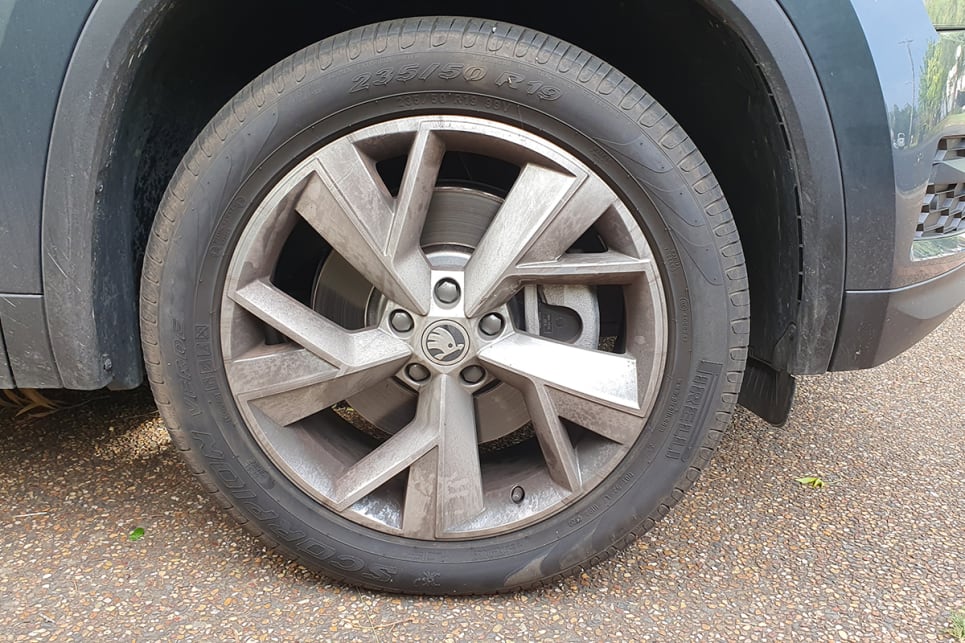
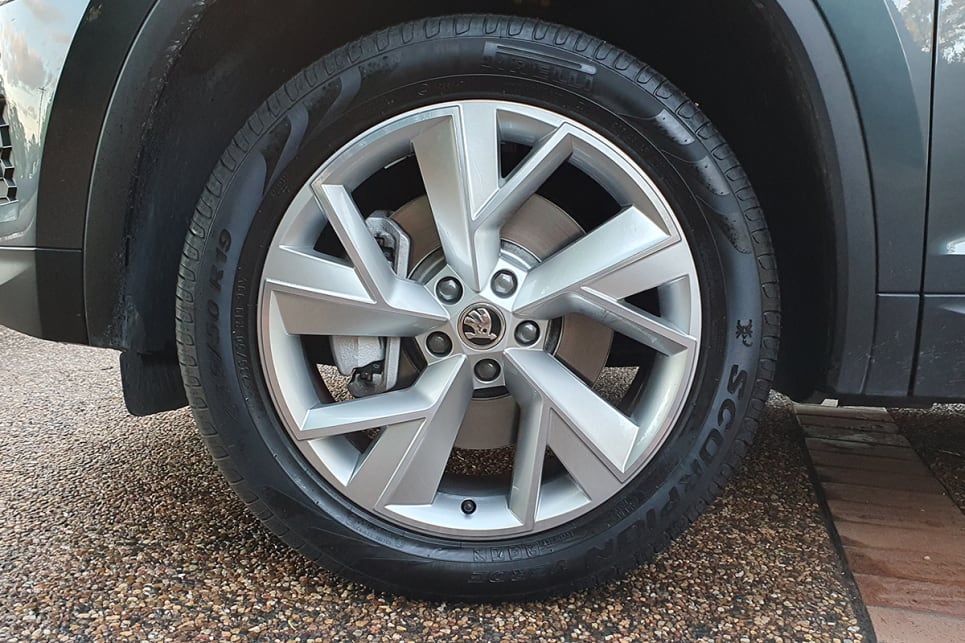

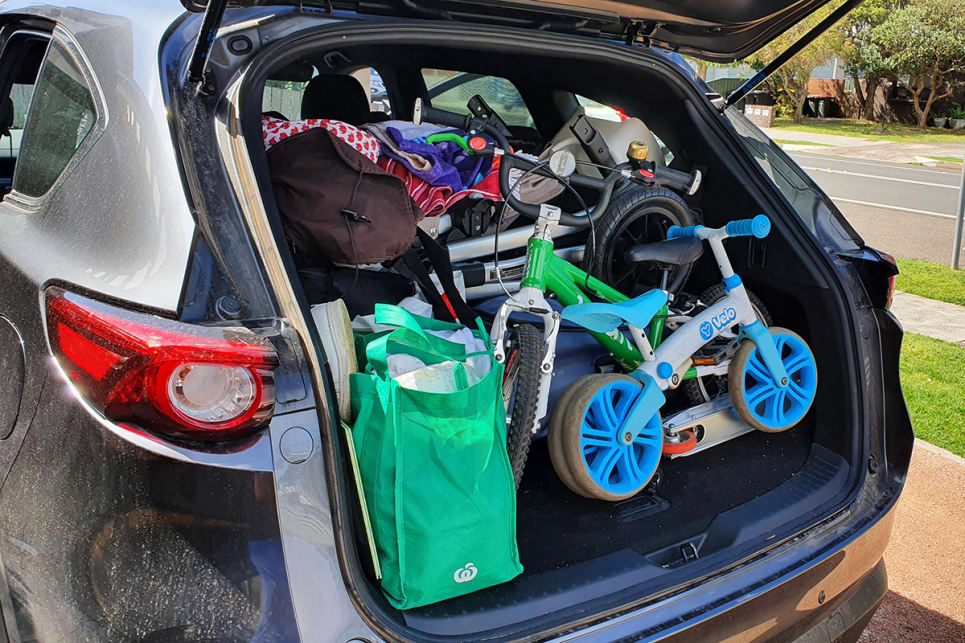
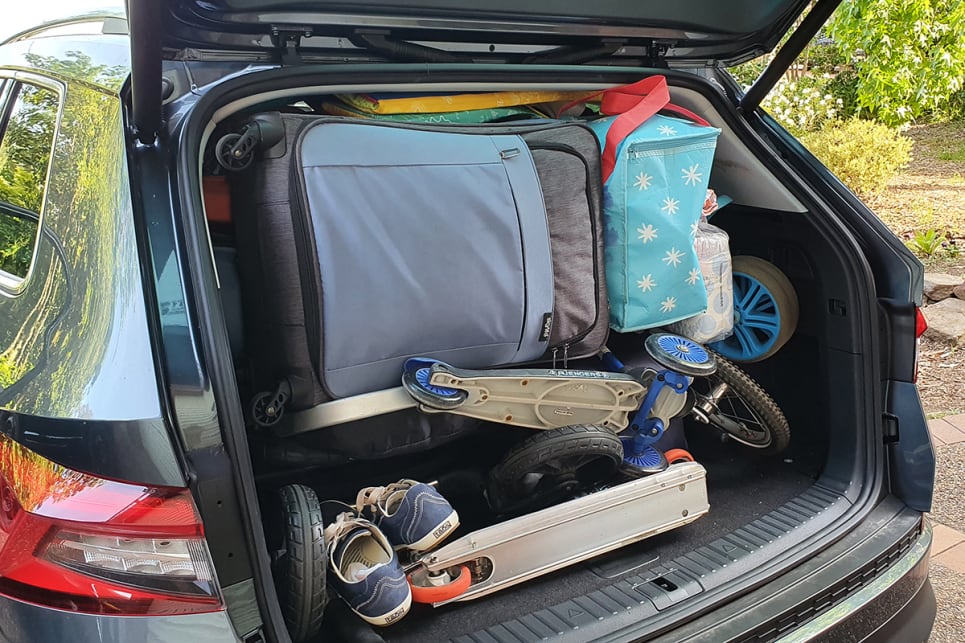



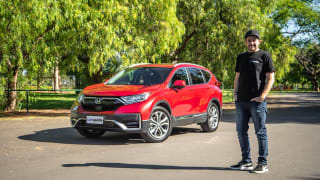
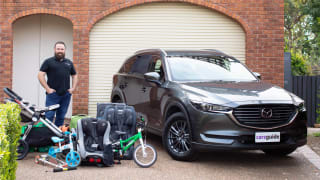





 Haval Jolion
Haval Jolion